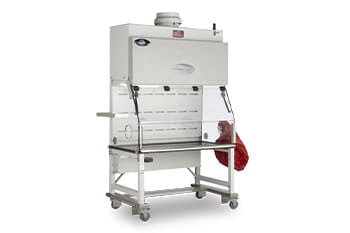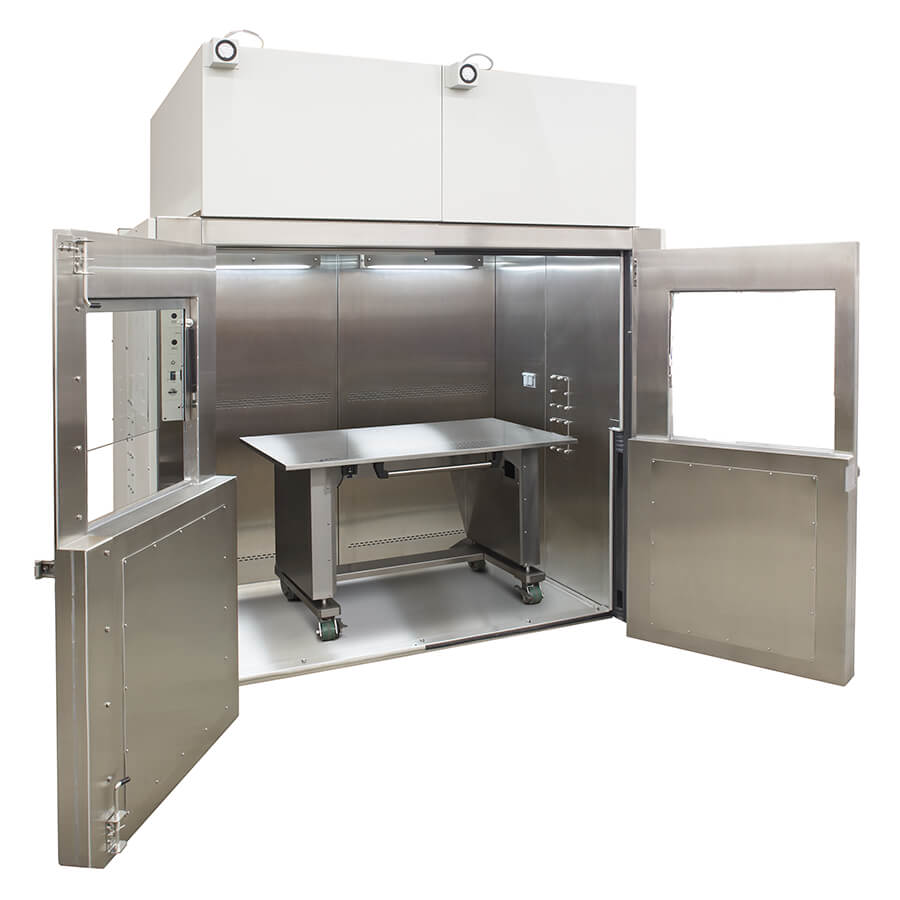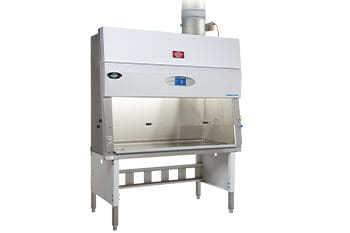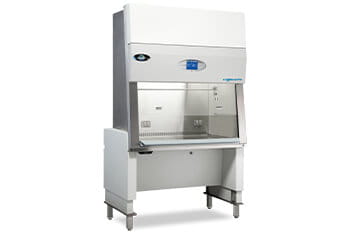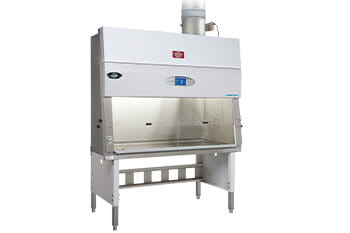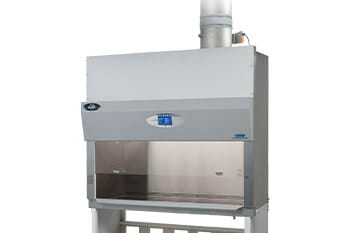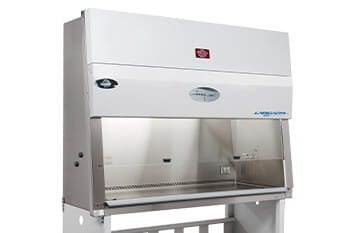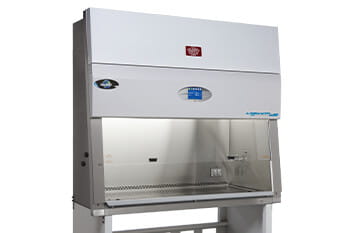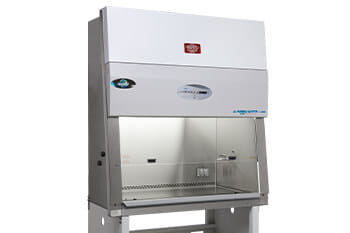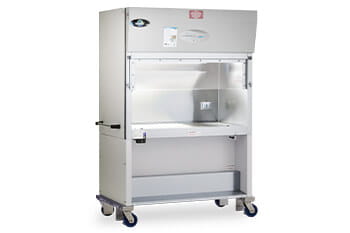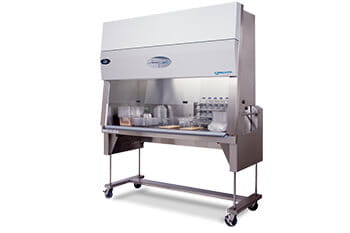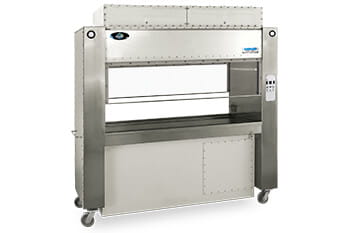
 General Technical Bulletin
General Technical Bulletin
Class II Type C1 Biosafety Cabinet Technical Bulletin


Over the last couple of years, a slightly different style of Class II Biological Safety Cabinet (BSC) was introduced into the life science market. The manufacturer of this new style cabinet designated it as a Type C1 because it could not be precisely defined with the current definitions as stated in the NSF/ANSI 49-2014 standard. The NSF joint committee on Biosafety Cabinets has been reviewing this new style of cabinet along with the current cabinet definitions. It has been decided that the new cabinet style will be defined as a type C1 and will be listed as such in the NSF listings. The current cabinet types will remain the same; however all the cabinet definitions have been updated to align with each other in terms clarity and airflow function and will be released on the NSF/ANSI 49-2016 revision.
So what is different about a Type C1 cabinet?
The type C1 cabinet is basically a type B1 cabinet in terms of airflow pattern. The cabinet exhausts approximately 60% of the work zone airflow through a dedicated portion of its centered depressed work tray/grill pattern and recirculates the remaining airflow, approximately 40% of work zone airflow through the non-dedicated portion work tray grill area. However, what makes type C1 cabinet different from a type B1 is that it has an internal exhaust motor/blower to push the airflow through the exhaust HEPA filter. Traditional type B1 cabinets require the facilities exhaust system to pull airflow through the exhaust HEPA filter and thus require to be direct connected. This new style cabinet is more like a type A2 with respect to exhaust in that it can be exhausted back into the room or through a canopy exhaust connection. In terms of exhaust requirements, the type C1 will use a bit more exhaust volume than a type B1 and a type B1 requires a bit more negative pull or static than a type C1.

